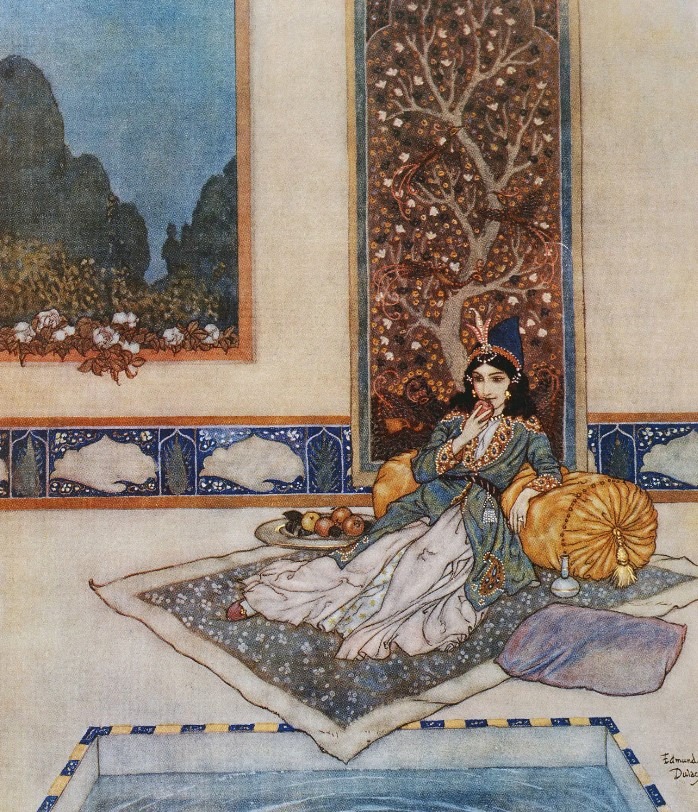
Once upon time, a woman told stories, intrigued a king and saved her life. I used to believe Scheherazade was real. All I knew about One Thousand and One Arabian Nights was genies in bottles and flying carpets. I thought Sheherazade herself sounded amazing – but that was the extent of my knowledge.
More recently I realised the teller of the stories in 1001 nights was fictional, and originally there were only a few hundred, no where near a thousand and one.
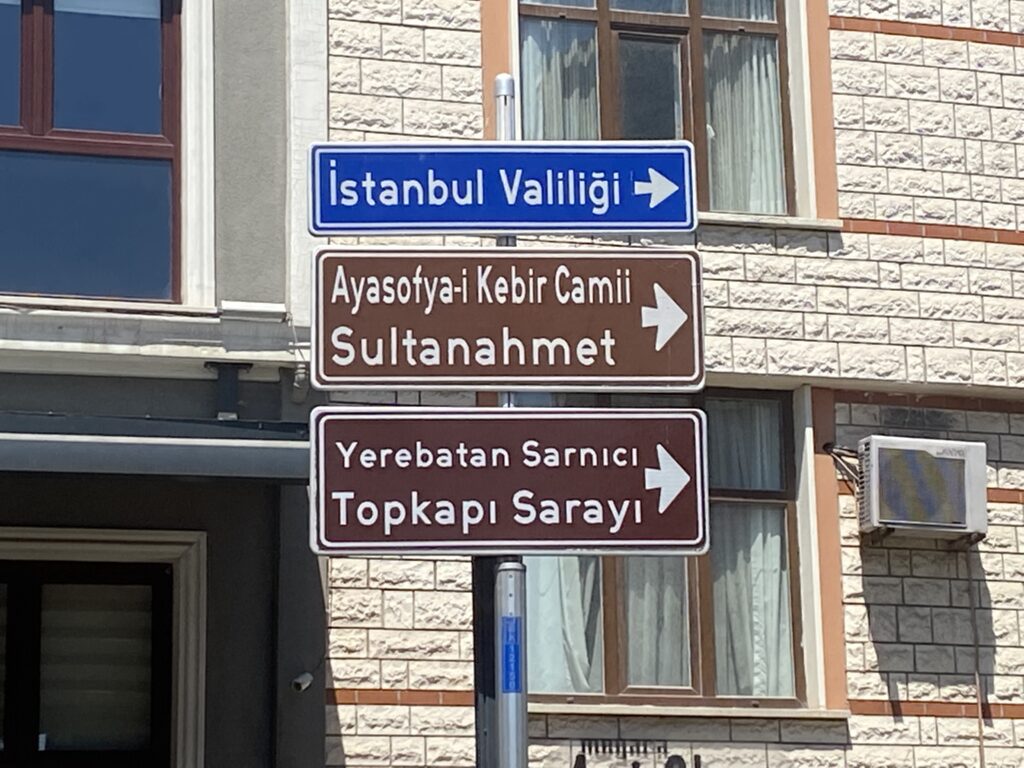
At the Tokapi Palace, I’d walked through the harem quarters. They were discomforting as well as beautiful. You realise how the Sultan’s concubines lived in comparative luxury but were totally imprisoned. Guarded by eunochs, their limited experience of the outside world was via courtyards. They could hear goings on in the rest of the palace but were always separate from them.
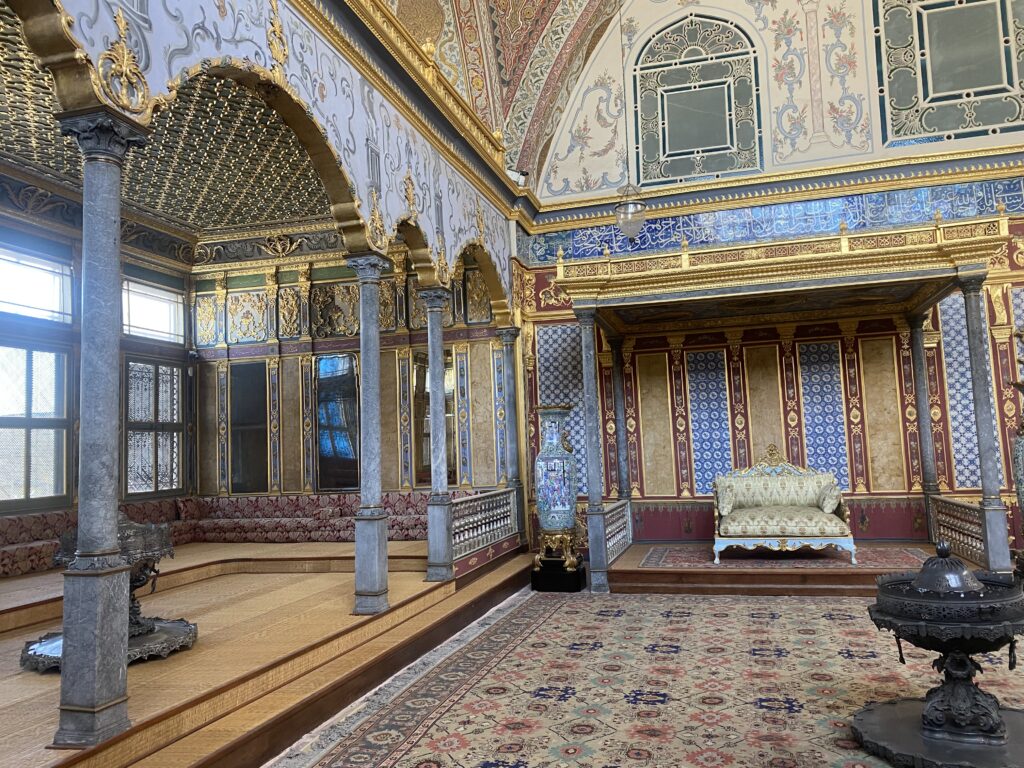
How does Scheherazade herself appear through a 21st century lens?
This is her story in brief
There were two brothers in Iran, the Kings Shahryar and Shahzenam. One kills his unfaithful wife and her lover, goes to visit his brother, where he also kills his brother’s wife and lover.
Mmm….
Shahryar says he will marry a woman for one day and kill her the next morning, so she can never be unfaithful to him. After some time, there are no more available women. The Vizier has two daughters called Scheherazade and Dunyazad. Sheherazade volunteers to marry the king and works out a plan. On the wedding night she asks Shahryar to let her sister visit as a final request. As the sun goes down, Dunyazad requests a story to help them sleep. Scheherazade begins but stops at a key point at dawn The king spares her life so long as she finishes the story the next night, which she does, before beginning another and stopping again at dawn.
The routine continues for 1000 nights when Scheherazade admits she’s run out of stories and presents the king with the three sons she bore during the previous years. The king decides he’s in love so her life is spared.
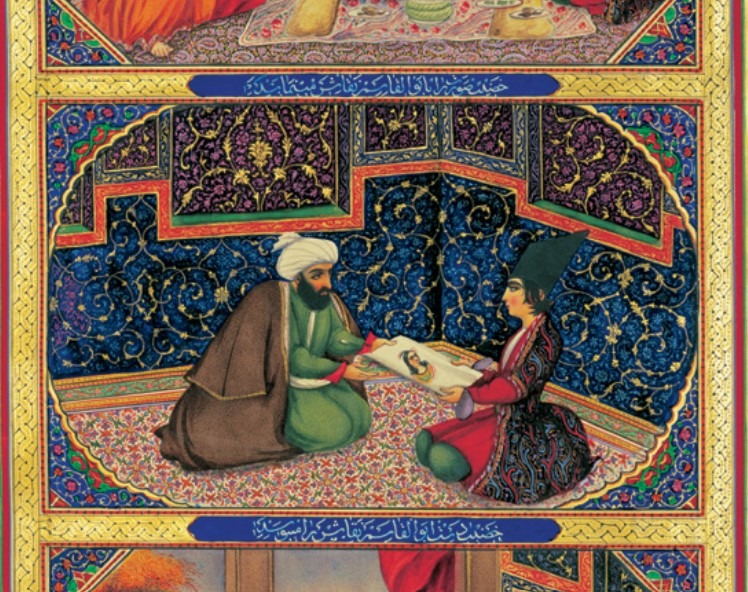
Such is the power of story telling!
Let’s look a bit deeper.
A man thinks nothing of murdering his wife and his sister-in-law because they dared to show themselves as sexual to other men. It demonstrates power, possession and control, qualities commonly associated with men.
Sheherazade took a risk and it paid off, but what does it say about other women i.e. most of us. What hope can we take from this story?
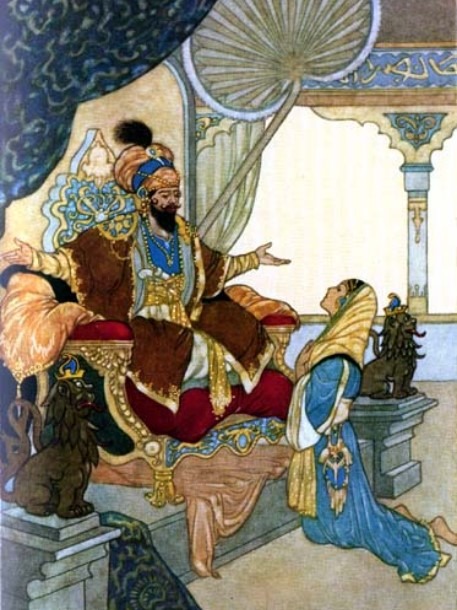
Sheherazade is beautiful, educated, brave and wise. We’re meant to take inspiration from her cleverness, but it’s her looks which are her fortune and the portrayal of women as ideals does us no favours.
Media channels predominantly show women as representative of dominant social constructions. Under capitalism, we’re supposed to aspire but the prioritisation of image over reality creates unrealistic expectations. If all we are shown is perfection, it can result in feelings of inadequacy and despair. Have you had that experience of going somewhere you’ve always wanted to visit and feeling a bit flat? Something is lacking. It doesn’t live up to your expectations. They say you should never meet your heroes because you’ll be disappointed…
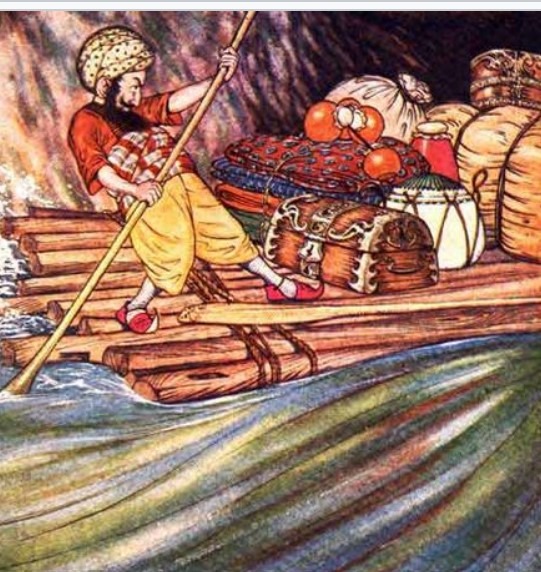
Sheherazade has a gift for telling stories but they were already in existence. She recites a compilation of tales. The telling might unique and original but she didn’t invent or write them.
King Shahryar sounds grim. Husbands killing wives is not new.
It even has a name – uxoricide.
However, it’s not like Sheherazade didn’t know what was going on. I wonder why she’d marry a man who’d already murdered so many. If not for her uncanny knack of story telling, she would be executed. Beautiful, clever and wise, she’s still imprisoned by his control and desire. Also, I wonder about the king himself. He doesn’t seem to see how she’s outwitted him and may do so again.
Also, what would happen once she ran out of stories? Without their pull, would she be enough for such a cruel man? Maybe it’s the stories themselves that are the gift.
Lets talk about how they’ve come down to us.
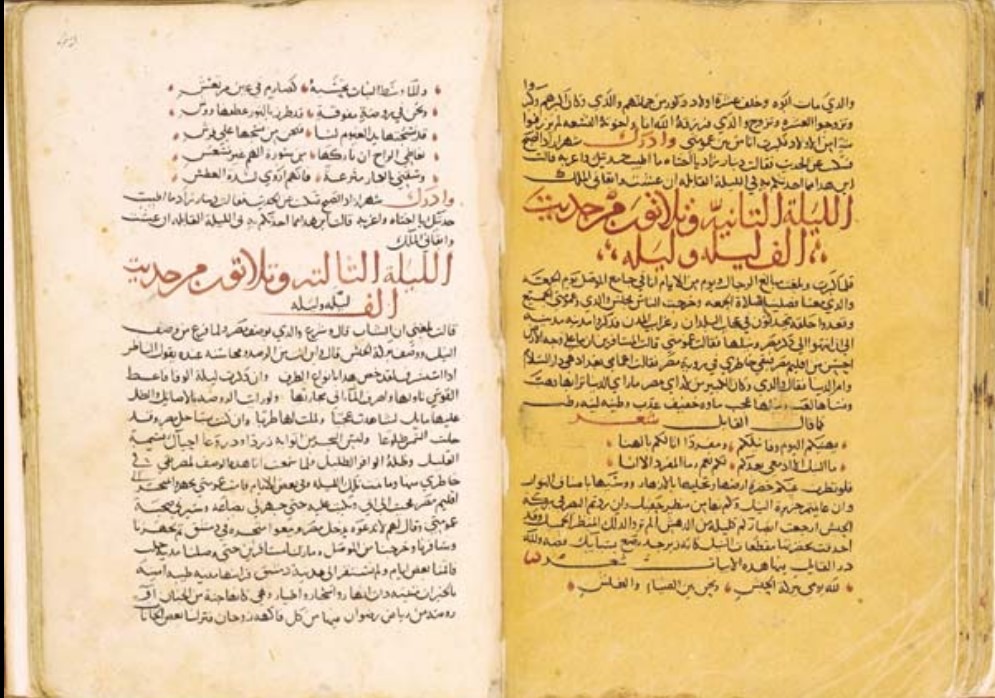
One Thousand and One Nights began as an attempt to collect pre-existing stories. The earliest compilation was translated into Arabic in the 800’s, with additional stories added over the next centuries. A 9th century catalogue complied by Ibn al-Nadim noted the collection numbered 200 stories.
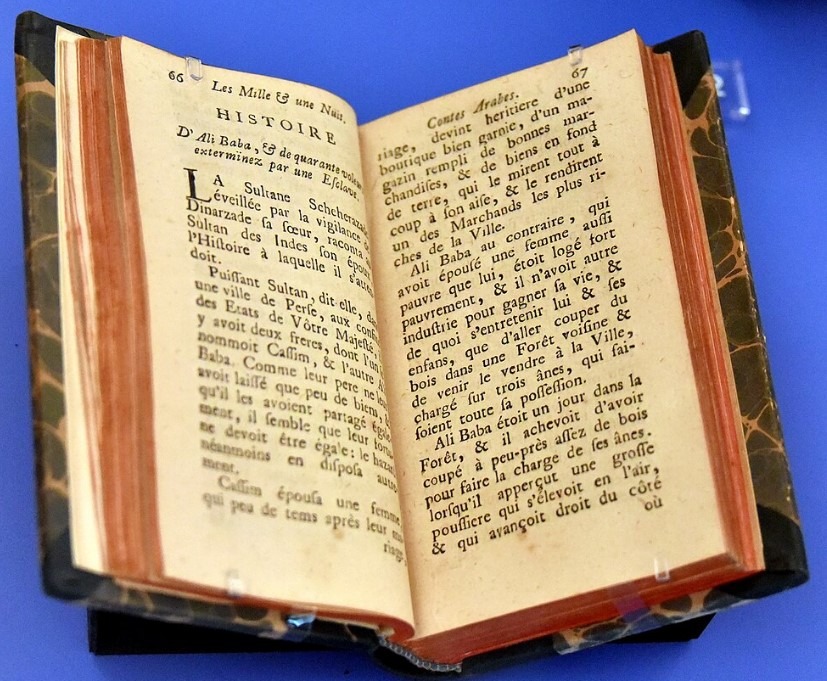
They arrived in Europe in the early 18th century. Aladdin and Ali Baba and the forty thieves were added by Antoine Galland between 1704 and 1717. These were based on folk tales heard from Syrian storyteller Hanna Diyab with Sinbad the Sailor appearing a few decades later.
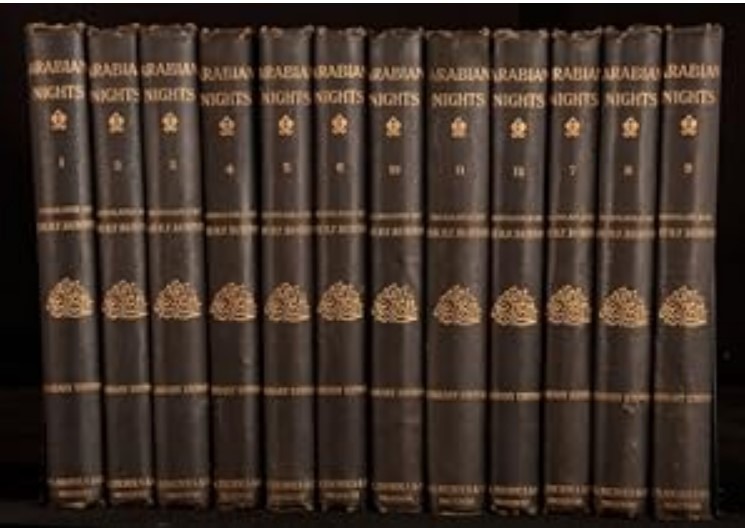
Probably the most notorious version in English was published by Sir Richard Francis Burton as The Book of the Thousand Nights and a Night in 1885. With their emphasis on sex, including extensive appendices with further explanations, Burton’s volumes caused a scangutenberg dal in Victorian England. Considered so risque, they could only be printed as a private edition for subscribers. Translations are freely available online via Project Gutenberg.
A reliable, contemporary version is the Penguin Classics edition (2010) by Malcolm and Ursula Lyons. In 2021, Jasmine Seale published the first female version and I’m looking forward to reading this.
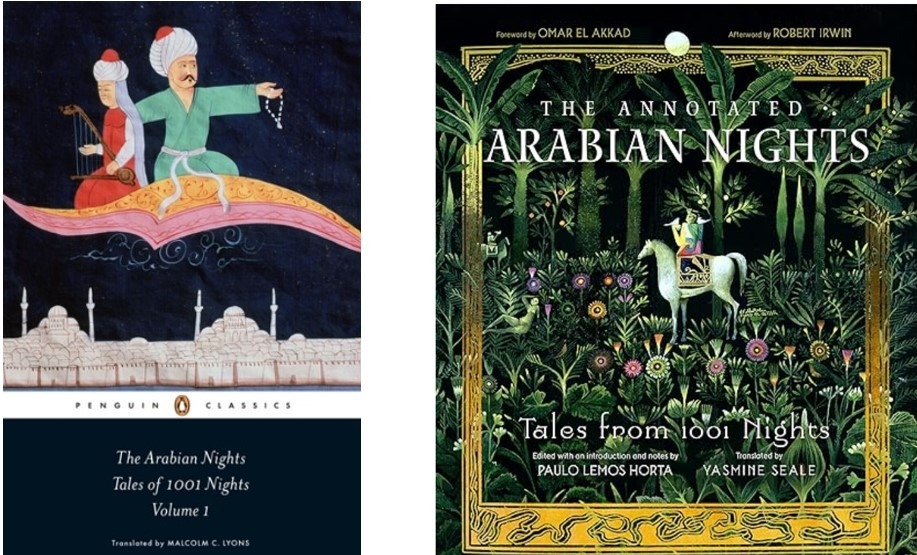
Sheherazade has survived for over a millenia. How should we see her today?
The king worked his way through all the available women who fitted his criteria. It seems being beautiful was not enough, but what was to stop any one of the others from having a plan like Sheherazade’s?
Maybe the take-away message is it’s less about who we are and more about what we do.
If beauty was not essential, she could show herself to be special without appearance being a factor.
Imagine if her face was veiled. However, what she does show is actions make all the difference.
That – and be careful what you wish for!

I’ve been thinking of including examples of art associated with the Lets talk… topics.
When it comes to Sheherazade, one of my favourites is the symphonic suite based
on One Thousand and One Nights by Nikolai Rimsky-Korsakov, in 1888.
The music has been used for a ballet. It’s a good ‘starter‘ ballet as there is a single act,
lasting less than hour. Lots of samples can be found online, including the one below.
A different art form – and as is the case with many old stories – we have Disney to thank for continuing popular interest.